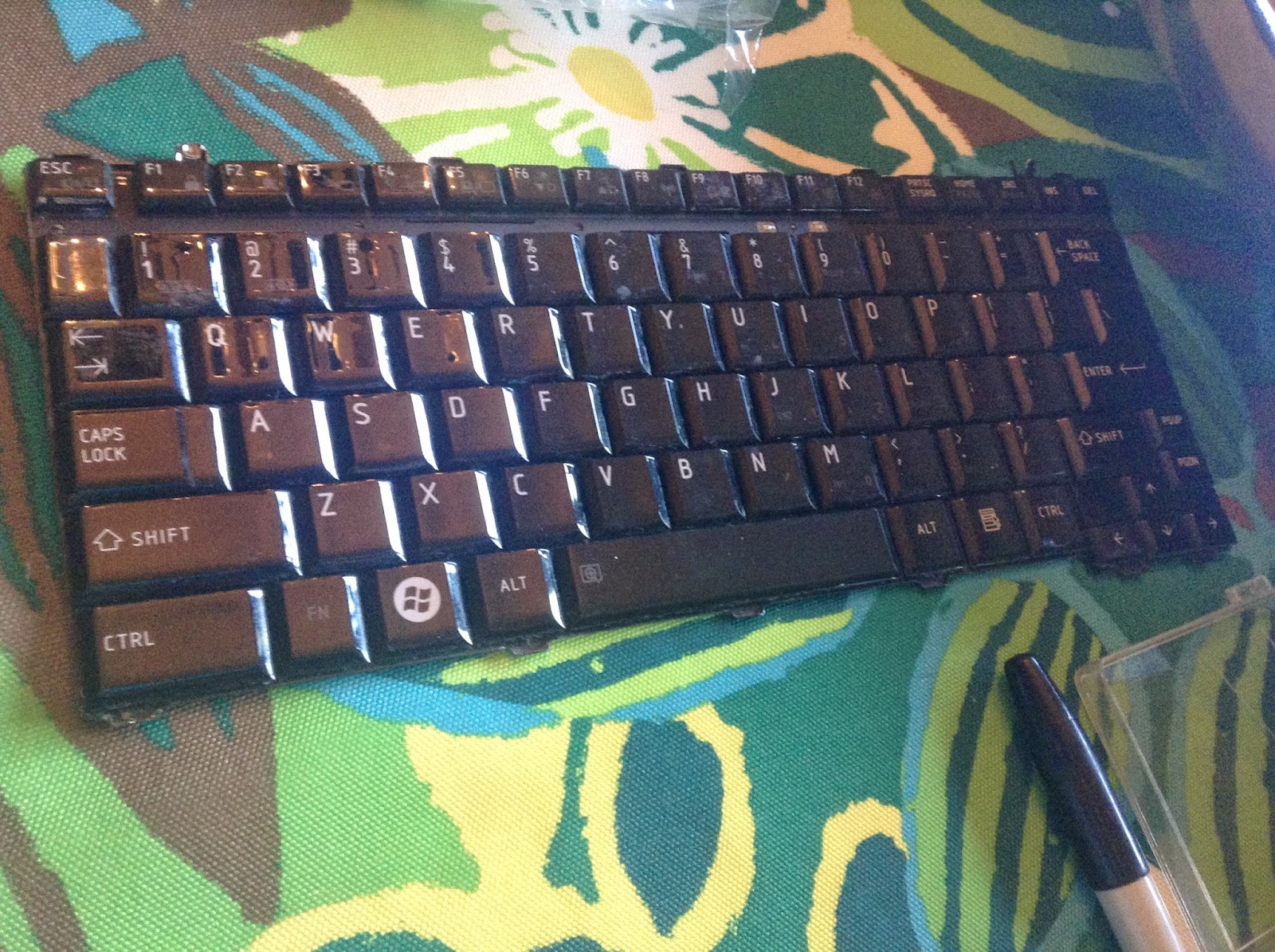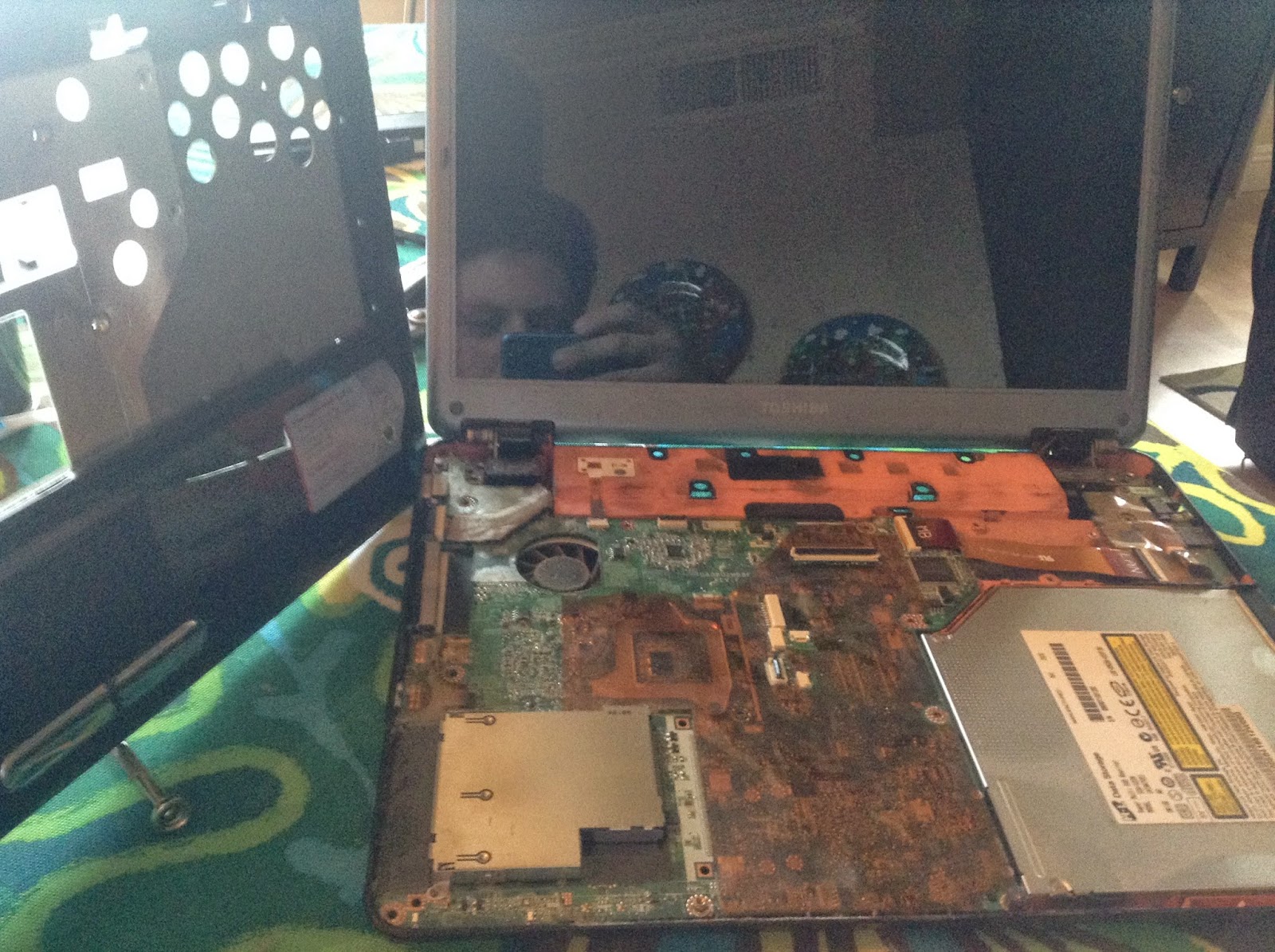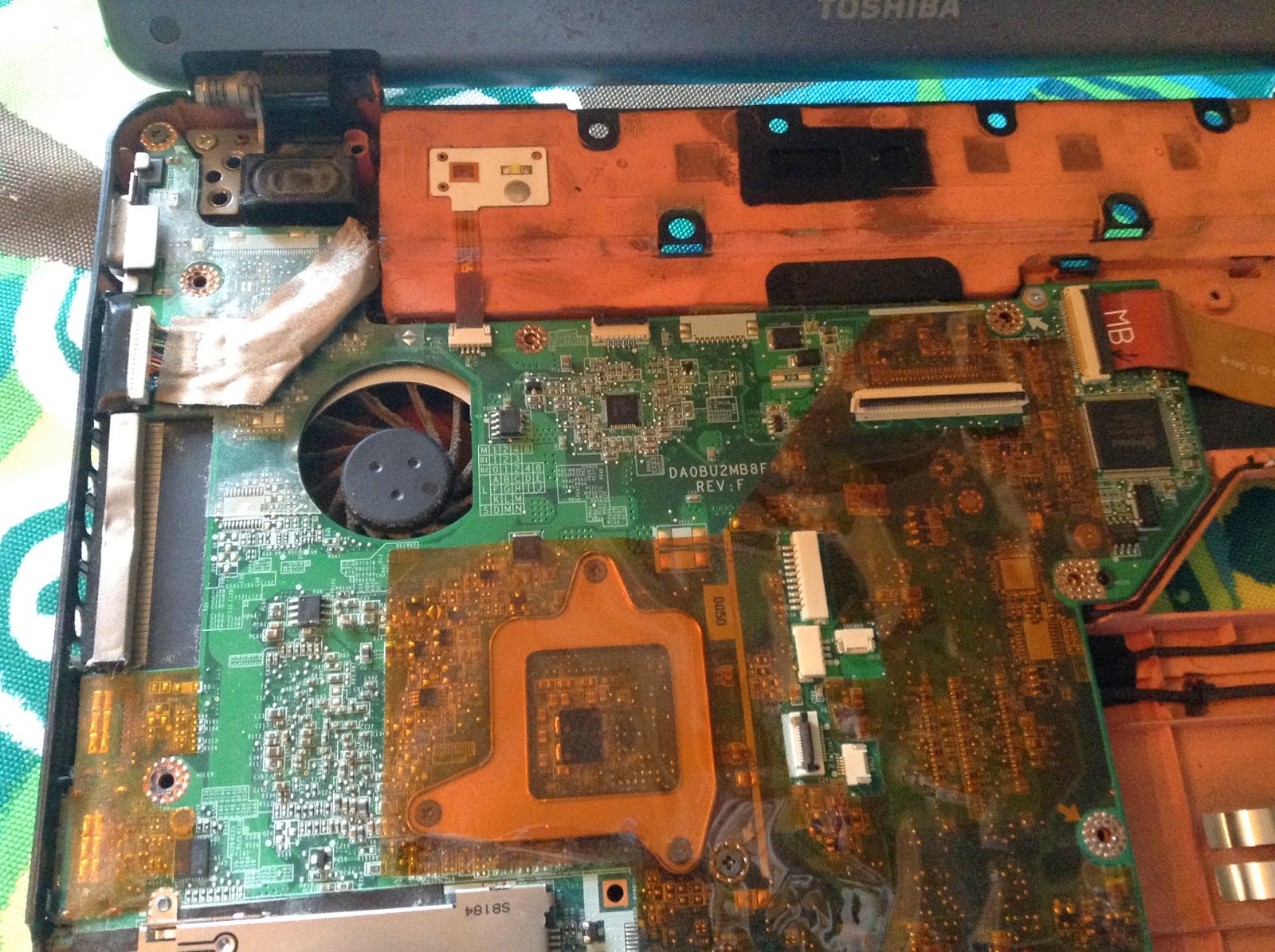I did encounter multiple hurdles in the beginning of the project- which I would eventually triumph over. I wrote my essay on how there is an unnecessary fear of violent video games and their effect on people- something I feel very strongly about. Since I was having trouble finding possible places to get a mentor at, I decided to partner with a classmate of mine. Together, we contacted numerous groups and businesses in the video game industry, but in the end we were either rejected or ignored. As the deadline for finding a mentor approached, I decided to look for a well rated computer repair shop on yelp as a last resort. Although this was far off my essay topic, I knew I could still get essential information for my career in the Computer Science industry. Today, I'm glad things worked out the way they did, and I'm delighted with the knowledge I gained in computer repair and servicing.
The next hurdle was actually meeting my mentor. Neil was revealed to be an extremely busy man- working from mornings to almost 11 o'clock at night- so we needed to find a way to get our hours for our project without disturbing Neil too much. We eventually decided to go through a set of tutorials that Neil gave to his employees-in-training, and this is what I spent a majority of my time working on for my project. I also felt it was best to get some hands-on experience, so my partner and I asked Neil if he would accept disassembling and reassembling our computers as hours, which he approved. This was definitely my favorite part of my Capstone Project- for the first time I honestly felt skilled handling and recognizing computer hardware, and I had fun! When I first saw the inside of a computer, all I saw was a mess of wires and circuit boards. After my capstone project, I was able to identify and understand every individual part, which is overwhelmingly satisfying and even exciting for me. Although I was presented with numerous roadblocks, I was able to both work around them, and gain a substantial amount of knowledge in my desired field of study.
I know that my project was not as "physical" as others- most of the time I was either sitting behind a computer or digging into one- and I know that the content I covered would be seen as boring to many. Personally, however, the whole experience was very interesting and enjoyable. I'm now confident that I will enjoy working in the Computer Science industry later on, and I'm excited to dive in and learn more about it!











































